Kyoto: Cool and Fun Things to Do for Young Adults

Learn the best things to do in Kyoto as a young traveler seeking cool experiences--from art, live music, and nightclubs, to unusual temples and shrines.
The Cool and Lesser Known Side of Kyoto
Kyoto has served as Japan's capital for over a thousand years and is home to many UNESCO World Heritage sites. Attractions like Kinkakuji (the Golden Pavilion), Fushimi Inari Taisha Shrine with its iconic corridor of vermillion torii gates, and Kiyomizudera Temple are must-see destinations for anyone visiting Kyoto for the first time.
However, in addition to its rich historical charm, Kyoto is a lively modern city, featuring trendy hangout spots for young people, vibrant contemporary art festivals, and a thriving pop culture scene.
Fun Things to Do in Kyoto for Young Adults
Cool Things to Do in Kyoto at Night
1. Seasonal Nighttime Light-ups at Major Attractions
2. Bar Hopping in Pontocho
3. Dance at a Nightclub in Kyoto
4. Enjoy an Indie Rock Concert at Kyoto MOJO
5. See Kyoto's Nightscape from Nidec Kyoto Tower
Fun Things to Do for Anime, Game, and Pop-Culture Lovers
6. Step into a Japanese Movie Set at TOEI Kyoto Studio Park
7. Stay at Marufukuro, a Hotel Managed by Nintendo
8. Visit the Kyoto International Manga Museum
9. Meet Demons on the Kyoto Taishogun Yokai Street
Unusual Things to Do in Kyoto for Art Lovers
10. Kyoto Experiment: Contemporary Art and Performances
11. Gion Kagai Art Museum: Meet Geisha and Maiko
12. Kahitsukan - Kyoto Museum of Contemporary Art
13. See 1,200+ Buddhist Statues at Otagi Nenbutsuji Temple
14. Stay at an Art-Themed Hotel
Free and Cool Things to Do in Kyoto
15. See Kyoto's Navel at Rokkakudo Temple
16. Hike to Kifune Shrine
17. See Art Made of Sugar at Kyoto Confectionery Museum
18. Kyoto City Rakusai Bamboo Park
Unusual Things to Do in Kyoto's Outskirts
19. Go on a Trip to Kyoto's Seaside
20. Explore Uji, Kyoto's Town of Tea
Cool Things to Do in Kyoto at Night
1. Seasonal Nighttime Light-ups at Major Attractions
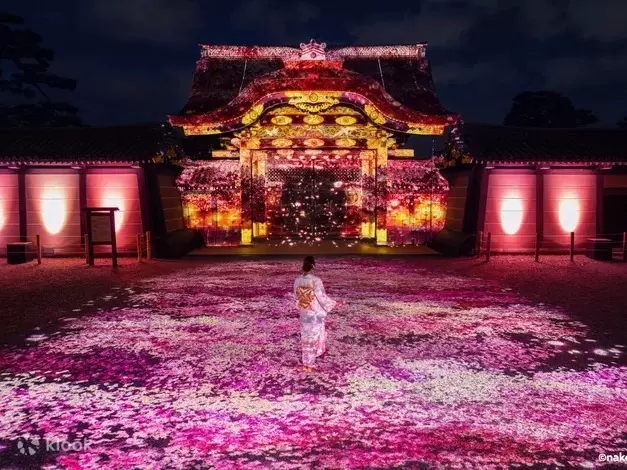
NAKED Sakura Festival at Nijo Castle. Picture courtesy of Klook
Kyoto's temples typically close at 17:00. However, during the cherry blossom and fall foliage seasons, many temples host special light-up events in their gardens and stay open until late in the evening, often until 22:00.
Examples of such temples include Kodaiji, Toji, and Kiyomizudera, which host garden light-ups in spring and autumn. Heian Jingu Shrine and the Okazaki Canal are beautifully lit up in spring, while Eikando Temple is famous for their autumn light-up.
Nijo Castle also frequently holds special nighttime events that require a separate entry fee.
For instance, until April 13, it hosts the "NAKED meets Nijo Castle 2025 Sakura" event, featuring impressive digital art displays that use Nijo Castle and its 300 cherry blossom trees as a stunning canvas. Similar events are held in summer, autumn, and winter, too.
These events are usually announced on the official websites of each facility. You can also find updated information by checking the MATCHA articles linked below, which are regularly refreshed based on official announcements.
Read also
2. Bar Hopping in Pontocho: For Young Adults Traveling with Friends
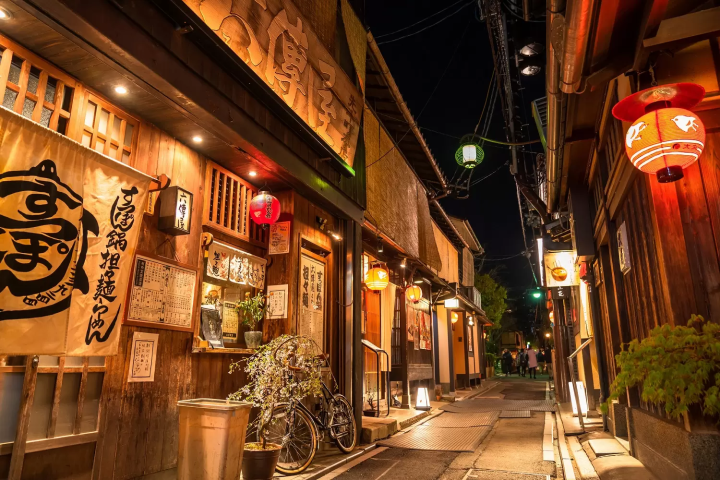
Photo by Pixta
One of the best areas to enjoy a drink at night in Kyoto is Pontocho, a narrow alley along the Kamo River that connects the Sanjo and Shijo Avenues. Its cobbled path is lined with traditional lattice-fronted houses.

Photo by Pixta
There are about 74 bars, restaurants, and shops in Pontocho. During summer, many establishments set up outdoor terraces (kawadoko) along the riverbank, offering guests an enjoyable dining experience in the refreshing riverside breeze—a unique Kyoto tradition.
Our recommendation is the tourist-friendly Ki Bar, which has counter-style seats on the first floor and a lounge on the second floor. They offer a wide selection of beverages, including high-quality Japanese whiskey and sake. It's also a great place to learn about Kyoto from people who live here.
3. Dance at a Nightclub in Kyoto
While nightclubs may not be the first thing that comes to mind when thinking of Kyoto, experiencing a local nightclub can provide a fuller understanding of the city's vibrant modern culture.
We recommend clubs like Kitsune Kyoto and World Kyoto, which have English-speaking staff and are welcoming to foreign customers. These venues offer a carefully curated lineup of shows featuring artists from Japan and around the world.
4. Enjoy an Indie Rock Concert at Kyoto MOJO
Kyoto MOJO is a tourist-friendly live music venue on Shijo Avenue, hosting shows almost every evening featuring indie rock bands from Kyoto and across Japan.
Shows curated by Kyoto MOJO offer free admission for foreign tourists, with only a 500 yen drink ticket required.
The venue has two main areas: a foyer with a bar and seating, ideal for enjoying drinks before, after, or during performances, and a performance space with a stage and standing area.
If you love live music and want to explore the latest in Japanese indie rock, be sure to visit Kyoto MOJO.
Kyoto MOJO
Location: Map
Website: http://kyoto-mojo.com/index.html
5. See Kyoto's Nightscape from Nidec Kyoto Tower
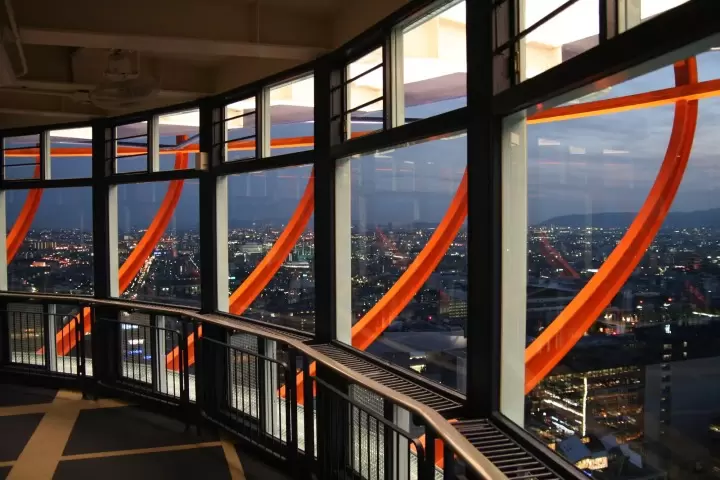
Photo by Pixta
One of the favorite date spots among locals is Kyoto Tower, a 131-meter-tall structure that beautifully illuminates the city at night. Conveniently located near the north exit of Kyoto Station, it offers a perfect setting for a romantic outing.
Visit the observatory after sunset for stunning panoramic views of Kyoto's nightscape, but be aware that Kyoto Tower closes at 21:00. The ticket office is on the first floor of the building, and adult tickets cost 900 yen.
Fun Things to Do in Kyoto for Pop-Culture Lovers
6. Step into a Japanese Movie Set at TOEI Kyoto Studio Park
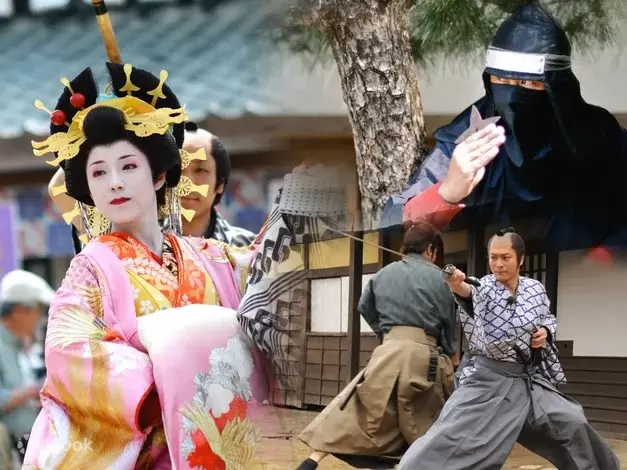
Picture courtesy of Klook
Discover the magic of Japanese cinema at TOEI Kyoto Studio Park, operated by Toei Company, a leading film and anime producer famous for its live-action and period dramas.
This park features a meticulously recreated Edo-period street, a bustling film set where over 200 movies are filmed each year. Visitors can enjoy a wide range of activities, including visiting Edo-era buildings, braving a haunted house, watching a thrilling ninja show, and trying on traditional geisha or samurai attire.
The park also offers movie-themed dining experiences and hosts seasonal events such as the Edo Sakaba in spring, a festival themed around cherry blossoms and Japanese sake.
7. Stay at Marufukuro, a Hotel Managed by Nintendo
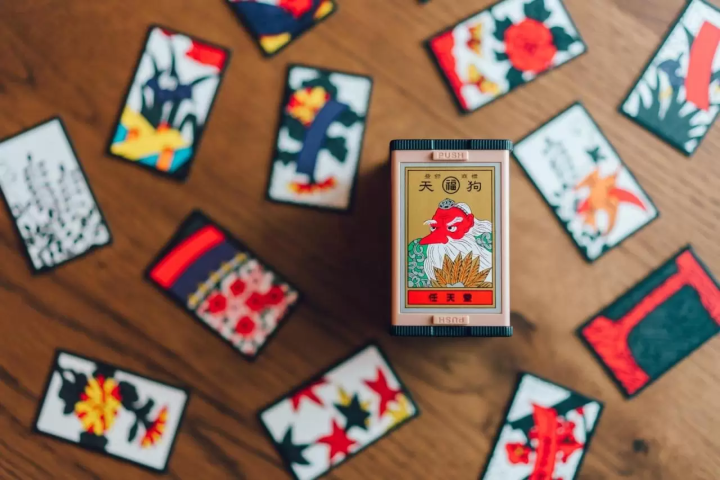
Picture courtesy of Booking.com
Few people know that Nintendo began as a card game manufacturer in Kyoto in 1889. After World War II, the company developed the Game Boy and other gaming consoles that gained popularity worldwide.
The original buildings and warehouse of Nintendo in Kyoto have been transformed into a 5-star hotel called Marufukuro. The hotel's stylish rooms were designed by renowned architect Tadao Ando. It also features a library that showcases objects and books related to Nintendo's history, including classic Game Boy consoles.
Video game enthusiasts should consider visiting the Nintendo Museum in Uji, located just 17 minutes away by train from Kyoto. The museum is situated on the site of a former Nintendo factory and highlights the popular games for which the brand is well-known.
8. Visit the Kyoto International Manga Museum
The Kyoto International Manga Museum is a great destination for understanding the evolution of manga, the Japanese comic art form central to anime culture.
Housing an impressive collection of 300,000 manga-related materials, the museum showcases a diverse range of artifacts. Exhibits span centuries, featuring everything from Edo Period (1603-1868) ukiyo-e prints and 20th-century magazines to post-World War II rental books, popular contemporary series, and international comic books.
Kyoto International Manga Museum
Location: Map
Hours: 10:00 - 17:00
Admission: Adults 1,200 yen, High and Junior high school students 400 yen, Elementary school students 200 yen
Website: https://kyotomm.jp/en/
9. Meet Demons on the Kyoto Taishogun Yokai Street
The 400-meter Taishogun Shopping Street in Kyoto's Ichijo district offers a unique cultural experience. Beyond its array of shops and restaurants, this street serves as the headquarters for the yokai art group Hyaku Yo Bako, organizers of the captivating Ichijo Hyakki Yakou demon costume parade.
"Yokai" refers to the fascinating demons and monsters of Japanese folklore. Legend has it that objects over a century old acquire souls, leading to the creation of nighttime yokai parades, a theme prevalent in Edo period (1603-1868) picture scrolls.
For a deep dive into the captivating world of yokai, a visit to Taishogun Shopping Street, Kyoto's official yokai street, is a must.
Official website: http://kyoto-taisyogun.com/en/
Unusual Things to Do in Kyoto for Art Lovers
10. Kyoto Experiment: Contemporary Art and Performances
Every October, Kyoto hosts Kyoto Experiment, an international performing arts festival that has enlivened the city since 2010.
For three weeks, the festival presents a vibrant program of stage performances, exhibitions, talk events, and more. It features radical artists from Japan and abroad, whose works transcend the confines of theater, dance, music, and visual art.
Kyoto Experiment is committed to imagining, producing, and sharing experimental performing arts, aiming to generate innovative dialogues and values within society.
If you visit Kyoto in October, do check out some of the events held at Kyoto Experiment. Official website: https://kyoto-ex.jp/en/
11. Gion Kagai Art Museum: Meet Geisha and Maiko
At the Gion Kagai Art Museum, visitors are offered the opportunity to immerse themselves in Kyoto's traditional arts. Enjoy captivating dance performances by maiko and geiko, and even capture memorable moments with photographs alongside them.
This experience provides a glimpse into the heart of Kyoto's geiko culture, which is deeply intertwined with the historic Miyako Odori Dance Festival, a celebrated event held throughout April.
Please note that the museum is closed from mid-March to May 10 while its main performance hall, Gion Kobu Kaburenjo, hosts the Miyako Odori event.
Gion Kagai Art Museum
Location: Map
Hours: 11:00 - 19:00 *closed on Mondays
Admission: General 1,500 yen, Students under 18 years of age 700 yen
Website: https://gion-museum.com/en/
12. Kahitsukan - Kyoto Museum of Contemporary Art

The Kahitsukan - Kyoto Museum of Contemporary Art offers a distinctive perspective on Kyoto's art landscape. Its collection showcases the works of Kagaku Murakami, Kaoru Yamaguchi, and Rosanjin Kitaoji, artists who bridged traditional Japanese aesthetics with contemporary art forms.
Beyond the impressive artwork, the museum offers a unique experience on its fifth floor. Here, visitors can find a traditional tea ceremony room and the Sun Garden, an open space bathed in sunlight, featuring a maple tree that grows through the roof, creating a memorable interplay of art and nature.
This museum is a must-visit for anyone interested in Kyoto's artistic heritage.
Kahitsukan - Kyoto Museum of Contemporary Art
Location: Map
Hours: 10:00 - 17:00 *closed on Mondays
Admission: General 1,000 yen, Students 800 yen
Website: http://www.kahitsukan.or.jp/frame_e.html
13. See 1,200+ Buddhist Statues at Otagi Nenbutsuji Temple
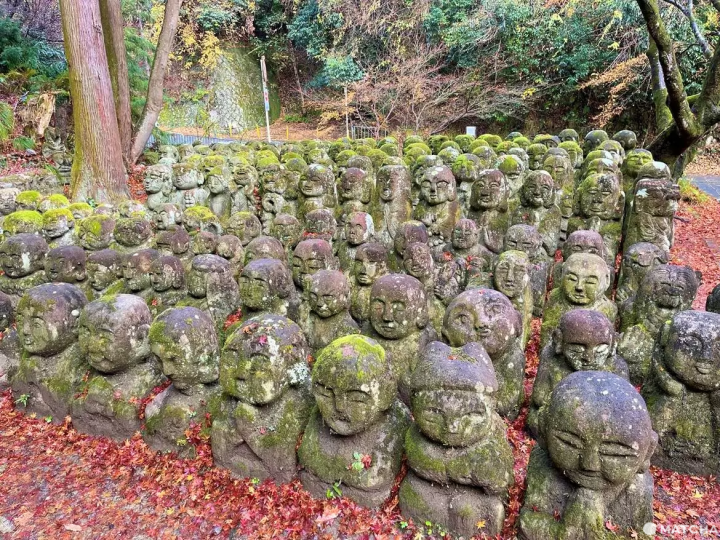
Otagi Nenbutsuji Temple, located in Arashiyama, is famous for its 1,200+ unique stone arhat statues, carved by the head priest, who was originally a sculptor, and his disciples.
What truly sets these Buddhist arhat statues apart is their remarkable individuality; no two are alike.
To visit the temple, you can embark on a 40-minute hike from the Togetsukyo Bridge in Arashiyama, or take a taxi from the JR Saga-Arashiyama Station, and return on foot walking downhill through serene forests and bamboo groves.
Otagi Nenbutsuji Temple
Location: Map
Hours: 9:00 to 16:15
Admission: 500 yen; free for visitors under 15 years of age
Official website: https://www.otagiji.com/story-en
14. Stay at an Art-Themed Hotel
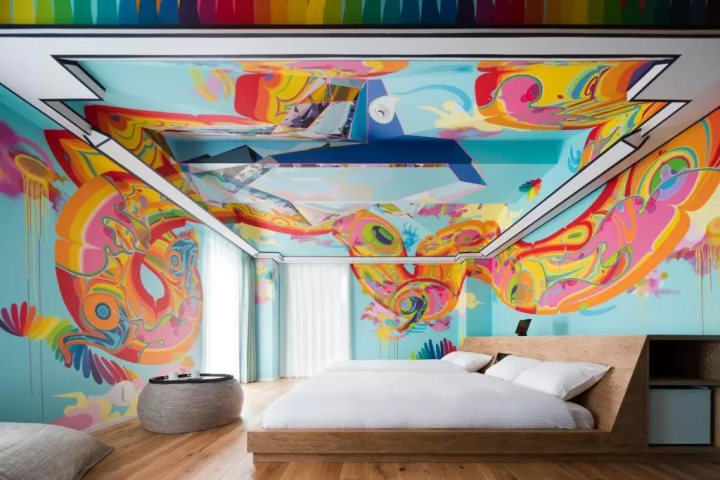
Guest room at BnA Alter Museum. Picture courtesy of Booking.com
For a truly immersive art experience, Kyoto offers a selection of unique art-themed hotels.
Our top recommendation is the BnA Alter Museum, where each of its 31 guest rooms is a captivating, individual artwork, crafted by a different artist. By choosing to stay here, guests directly support the artists behind these unique creations.
The hotel also features a public gallery, accessible to both visitors and guests. Conveniently located in central Kyoto, the BnA Alter Museum provides easy access to popular districts like Shijo Kawaramachi, Pontocho, and Gion.
Hotel Anteroom Kyoto and Ace Hotel Kyoto are also great choices for art enthusiasts.
Read also
Free and Cool Things to Do in Kyoto
15. See Kyoto's Navel at Rokkakudo Temple
Dating back to the 6th century, Rokkakudo Temple is one of Kyoto's oldest and the birthplace of ikebana, the Japanese art of flower arrangement.
It's the headquarters of the Ikenobo School, and the adjacent Ikenobo Kaikan Hall features ikebana exhibitions and a museum. The temple also houses the "Kyoto's Navel" stone, marking the city's center.
In mid-April, Rokkakudo hosts a nighttime light-up of its cherry blossom trees for a few days; the light-up can be enjoyed between 18:00 and 21:00.
Rokkakudo Temple
Location: Map
Hours: 6:00 to 17:00
Admission: free
Official website: https://www.ikenobo.jp/english/about/rokkakudo.html
16. Hike to Kifune Shrine
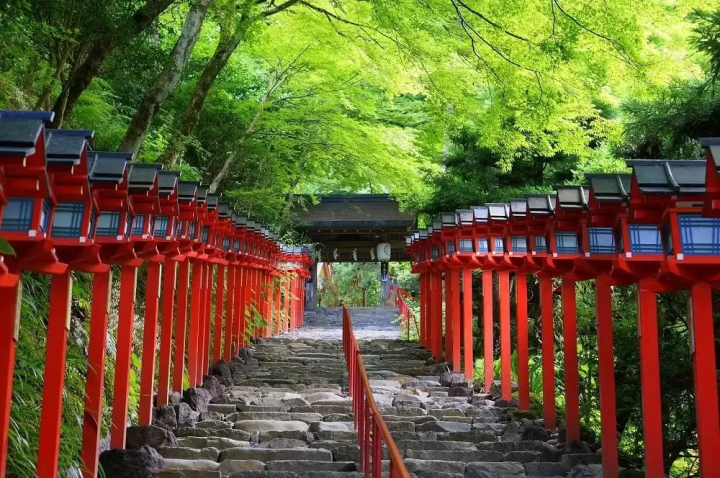
Photo by Pixta
Kifune Shrine is located in the mountains north of Kyoto and comprises three connected shrines along stone pathways. Revered for its association with water, it's a site for hydromancy (water divination) and is also a popular love shrine.
Lanterns lining the approach to the main shrine are lit after sunset until 6 PM, the shrine's closing time. During the winter snow season, from mid-January to February 23rd, the lanterns remain lit until 8 PM, enhancing the snowy landscape.
Kibuneguchi Station is the closest access point. From there, a hiking trail leads up to Kifune Shrine. A separate trail connects Kifune Shrine to Kuramadera Temple, known for its ascetic training.
Kifune Shrine offers free admission, while Kuramadera requires a 200 yen entry fee, which supports the preservation of Mt. Kurama's natural environment.
Kifune Shrine
Location: Map
Website: https://kifunejinja.jp/en/
17. See Art Made of Sugar at Kyoto Confectionery Museum
The Kyoto Confectionery Museum, a free attraction by Tawaraya Yoshitomi, explores the history of Kyoto sweets and their link to tea ceremony culture. Exhibits feature intricate sugar sculptures showcasing artisan skill. Visitors can enjoy matcha tea with seasonal sweets for a small fee, and the Tawaraya Yoshitomi shop offers exquisite sweets for purchase.
Kyoto Confectionery Museum
Location: Map
Hours: 10:00 - 16:00
Official website: https://kyogashi.co.jp/shiryoukan/ (Japanese)
18. Explore the Free-Entry Kyoto City Rakusai Bamboo Park
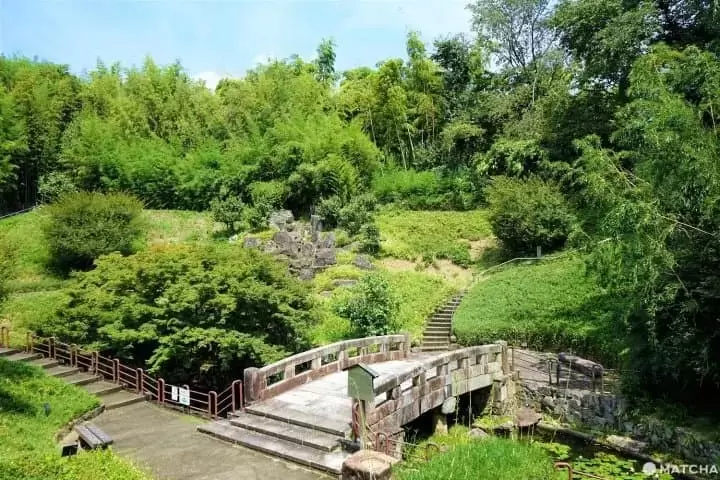
Kyoto City Rakusai Bamboo Park is a dedicated space to discover the numerous bamboo species found in Japan and their role in traditional crafts and daily living.
Featuring both indoor and outdoor exhibits within expansive grounds, it offers a tranquil immersion into bamboo culture, contrasting with the frequently congested Arashiyama Bamboo Grove.
Admission to the park and its gallery is free. The nearest station is Rakusaiguchi Station on the Hankyu Line. From here you can walk to the park for 30 minutes, or reach it by taxi in a 6-minute ride.
Kyoto City Rakusai Bamboo Park
Location: Map
Hours: 9:00 - 17:00 (*last entry at 16:00)
Website: https://chikurin-park.com/opening_en
Unusual Things to Do in Kyoto's Outskirts
19. Go on a Trip to Kyoto's Seaside
Kyoto's northern coast, facing the Sea of Japan, is ideal for a seaside day trip.
Start at Amanohashidate Station and ascend to Amanohashidate Viewland by chairlift for breathtaking views of the iconic sandbar.
Afterwards, explore Ine, a picturesque fishing town famous for its traditional boat houses.
Amanohashidate Viewland
Location: Map
20. Explore Uji, Kyoto's Town of Tea
While Kyoto is renowned for matcha-flavored treats, the majority of the tea originates in Uji, just south of the city.
A trip to Uji offers the chance to sample exceptional tea-infused delicacies, with numerous tea shops lining the streets, particularly near Byodoin Temple (Phoenix Hall).
Uji is also home to the Nintendo Museum and a museum dedicated to the Tale of Genji, considered the world's first novel.
Read also
Enjoy Exploring the Unusual Side of Kyoto
We hope the locations and activities highlighted above inspire you to explore a lesser-known side of Kyoto. By combining these unique experiences with the city's major landmarks, you can enjoy a truly memorable trip to Kyoto.
Read also
Main image by Pixta
Ramona, English content editor at MATCHA since 2016, has been practicing ikebana flower arrangement (Ikenobo School) and tea ceremony (Omote Senke) since 2012. She arrived in Japan in 2012 as a graduate student with a focus on Japanese literature and performing arts. As a travel editor and writer, Ramona has visited and documented 40 of Japan's prefectures with a focus on art, history, traditional Japanese crafts, and performing arts.






































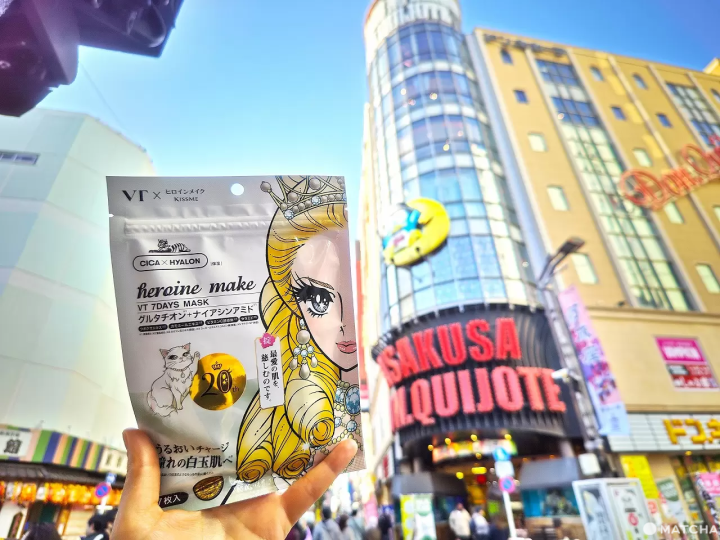
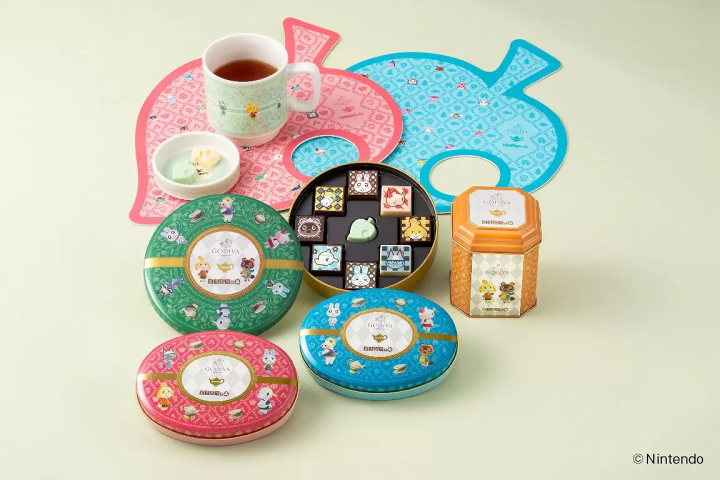
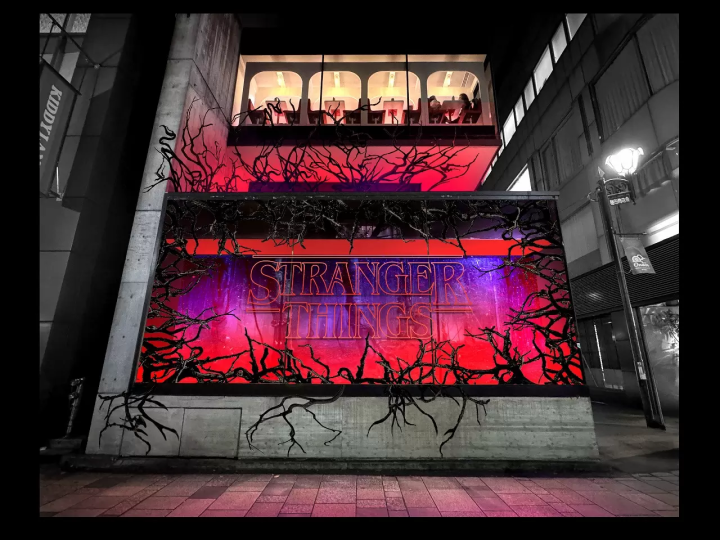
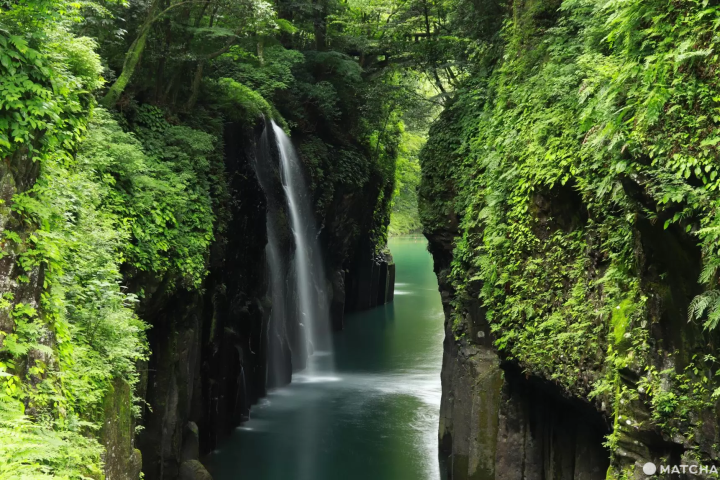




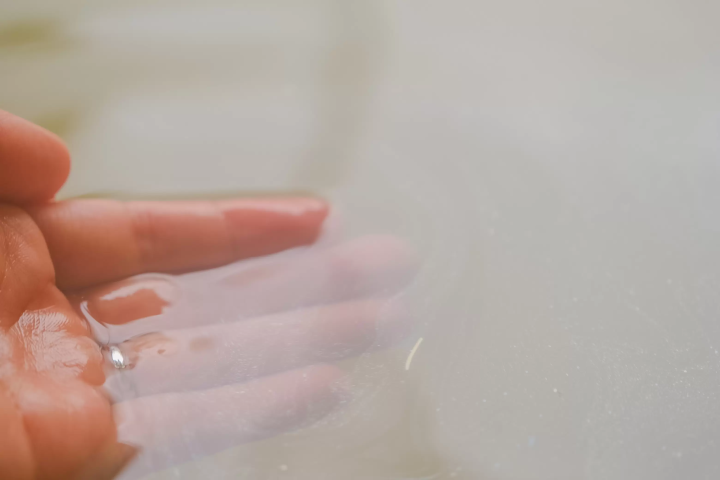

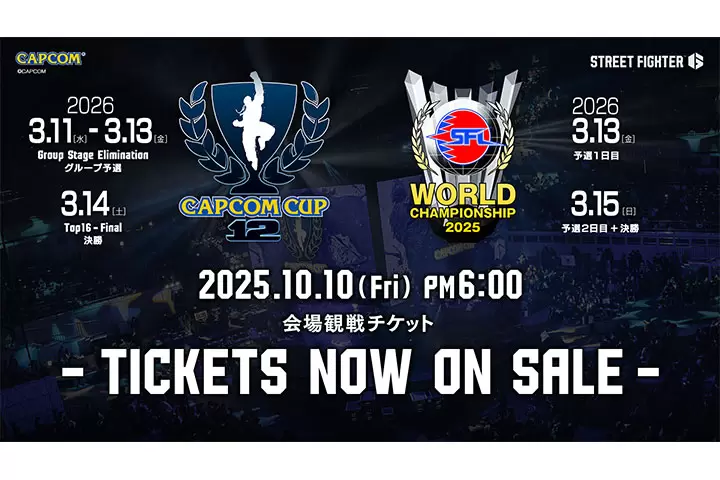
![[Wakayama Guide] Ume and Umeshu (Plum and Plum Wine)](https://resources.matcha-jp.com/resize/720x2000/2025/12/08-252248.webp)
![[2025 Update] From Kansai Airport to Namba - Recommended for travelers with large luggage! Travel comfortably by bus](https://resources.matcha-jp.com/resize/720x2000/2025/10/25-248088.webp)